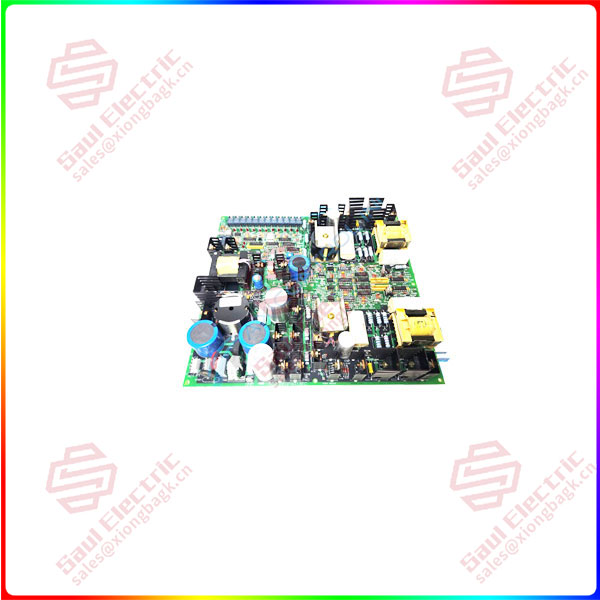Trend 9: Prefabricated modular solutions will further advance globally
With the rapid advancement of digital transformation and upgrading, our demand for computing power becomes more and faster. The rapid deployment of data centers has become one of the core competencies of Internet giants and colocation service providers. Prefabricated modular solutions in the data center are pre-customized and standardized, and pre-assembled, integrated, and tested in a factory environment to reduce deployment cycles and improve performance, quality, and cost predictability. Prefabricated modularization enables deengineering of on-site installations to optimize investment costs while growing and deploying while reducing waste generation during construction. Especially with supply chain shortages in recent years, prefabricated modularization can also solve problems such as long-distance transportation across regions/countries, thus solving the challenges posed by local supply chain shortages. Schneider Electric believes that while the industry enjoys the benefits of prefabrication, it needs to pay special attention to the reliability and safety of system design, especially for power supply and distribution systems. Because the high integration shortens the path and space between the middle and low voltage and the end distribution, it is easy to cause adverse effects such as the increase of short circuit current and uneven heat dissipation. Therefore, in the design process, it is necessary to strictly verify the short-circuit fault level of the system, the break/tolerance level of the switch/cabinet, and the selective coordination of the upstream and downstream switches/other protection components to avoid the impact of electrical system faults on the availability of the entire data center.
Trend # 10: Regenerative design concepts are starting to be incorporated into more data centers

IS200FGPAG1A
The regenerative data center is a groundbreaking concept that means the data center can be self-sufficient in resources. Such as producing its own renewable energy on site, harvesting rainwater and wastewater as all the water it consumes, and recycling all the hardware of its building materials, power supply and distribution, and cooling systems. Data centers must operate when there is drought, no wind, and dark days, so multiple forms of on-site renewable energy or large amounts of on-site energy storage are required. Battery storage is becoming increasingly attractive from a price and performance perspective. If there is a surplus of renewable energy capacity from wind, solar or hydropower, this energy can be stored in batteries or made into green hydrogen. Fuel cells will be the best choice to convert green hydrogen into electricity. Small modular nuclear reactors (SMRs) built at the plant and transported to the site have also begun to receive regulatory design approval, but still need to undergo rigorous testing. They seem better suited to support regenerative data centers, but the first generation won’t be built until after 2030. Schneider Electric believes that the ultimate goal of the Data Center Sustainability Program is an important starting point for regenerating data centers, but it is not enough. Our ultimate goal should not just be to control carbon emissions, minimize water use and waste generation. Instead, it will eventually enable a self-sustaining data center, characterized by on-site renewable power generation, water independence, and the use of 100% recycled materials to eliminate waste generation.
As we enter 2023, the data center industry continues to focus on sustainability and security, driving sustainability and improving data center availability through the adoption of digital tools, improving energy efficiency, and decarbonizing supply chains. Data center power and cooling systems will also evolve toward sustainability and software definition.
These predictions for emerging trends come from the Schneider Electric Data Center Global Research Center, which was established in the 1990s. The Research Center always takes “exploring the technology and development trends of the data center industry and advocating best practices” as the team mission, and helps data center users improve availability and optimize energy efficiency by publishing easy-to-understand white papers and tradeoff tools to achieve sustainable development of data centers and maximize the business value of data centers. By 2022, the Schneider Electric Research Center team has published more than 220 white papers, with more than 400,000 downloads per year. There are 28 tradeoff tools that are used online by more than 20,000 users each year. All whitepapers and tradeoff tools are freely available for the entire industry to learn and use, promoting the development of the data center industry and confirming Schneider Electric’s position as a thought leader in the data center industry.
 1 Year Warranty
1 Year Warranty





